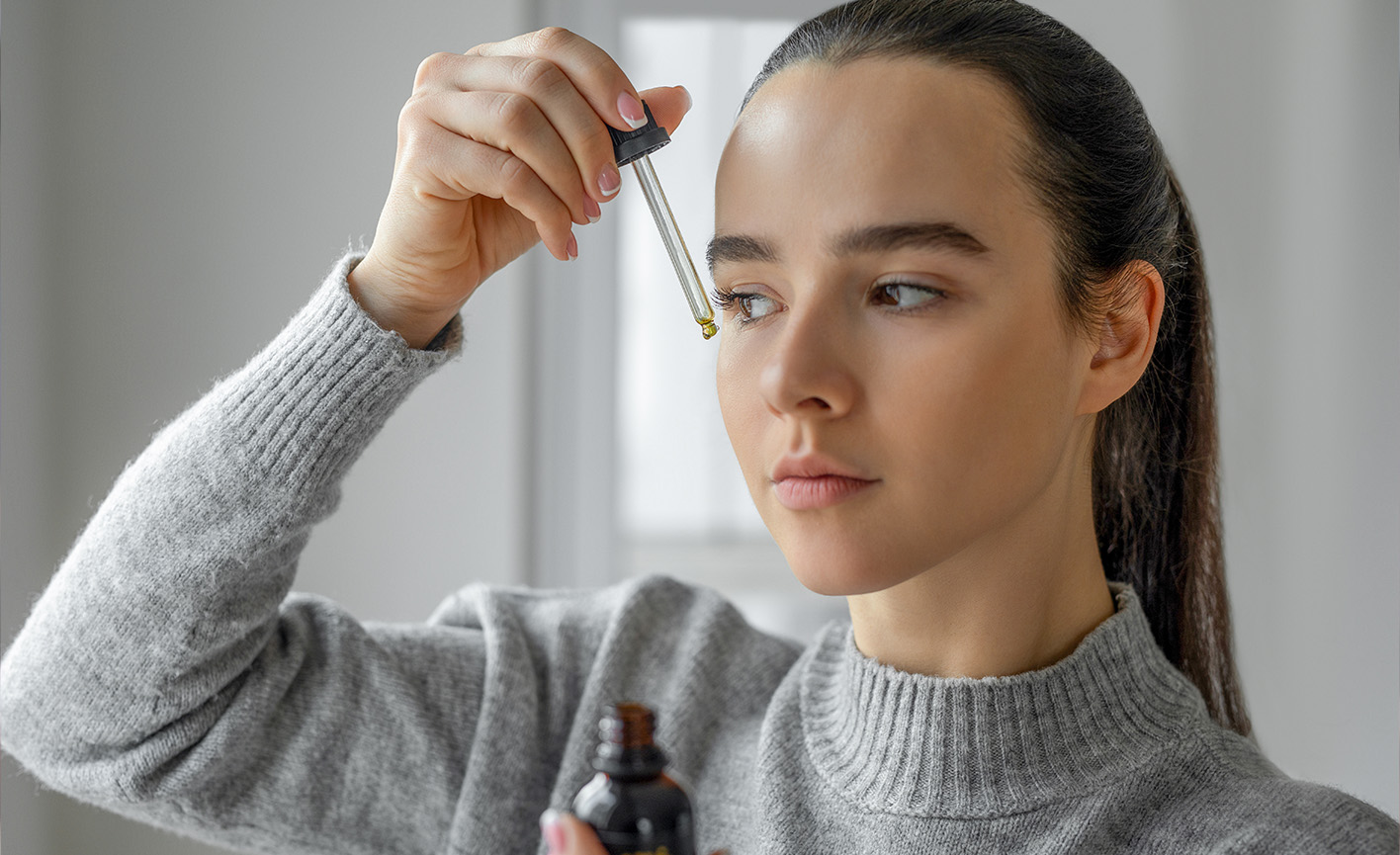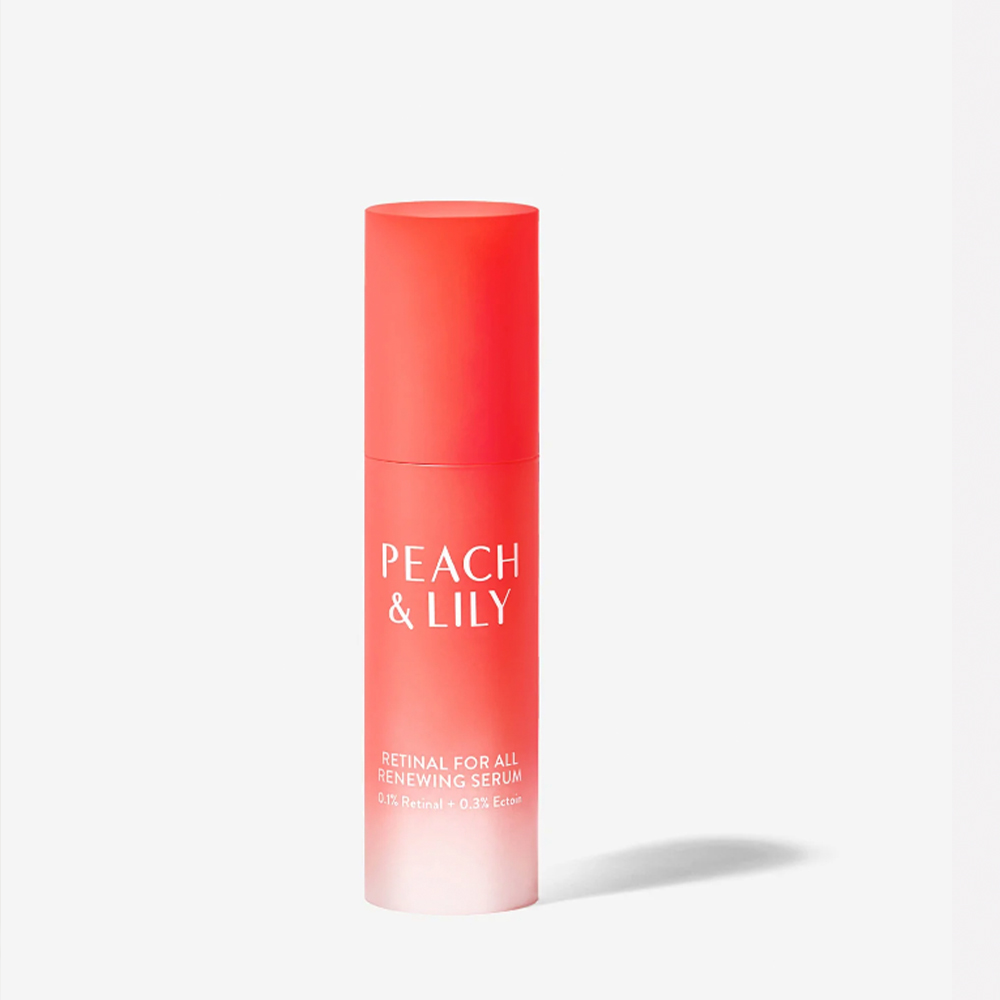
Like models in earlier generations, skin-care ingredients tend to trend in a big way until something ostensibly newer comes along and bumps it out of the spotlight, even if it’s not actually inherently better. As of late, comparisons between the beloved niacinamide and the new-to-consumers ectoin have begun to rack up. We asked experts to explain the difference and confirm or deny once and for all if one is superior.
What is ectoin?
“Ectoin is a relatively small cyclic amino acid that readily binds to water molecules to create complexes. Extremophile microorganisms (microbes that love extreme conditions) that live in extreme salinity, pH, drought, temperature and irradiation produce these amino acids to protect their cells against chemical and physical damage,” explains clean cosmetic chemist and founder of KKT Consultants Krupa Koestline. “The ectoin-based complexes provide proactive, nourishing and stabilizing hydration shells that surround cells, enzymes, proteins and other biomolecules, thereby reducing oxidative stress and upregulation of cell inflammation,” she says. These are all good things when it comes to our skin.
The benefits of ectoin
Koestline says since its discovery in 1985, ectoin has been studied for its hydrating and anti-inflammatory properties. “It’s been shown to increase the intrinsic water content of the skin. It’s also been demonstrated to work against wrinkles and enhance skin elasticity and smoothness by improving skin barrier function, and reducing transepidermal water loss, explains Koestline.
Cosmetic chemist Gloria Lu says ectoin has a reputation for being effective and multi-functional, which we love to see in skin care. It seems ectoin has many potential uses. Cosmetic chemist Ginger King says, “It’s great for stressed skin and skin barrier protection as well as hydration.” Lu says it’s also been looked at as an ingredient that may help soothe atopic dermatitis.
Why is ectoin being compared to niacinamide? Is one better than the other?
While the two ingredients work differently, they’re both multifunctional active ingredients, explains King. Furthermore, the ingredients do share some similar benefits, “like reducing transepidermal water loss, anti-inflammatory properties and antioxidant benefits. Both can also be formulated into lightweight serums, which is likely why people compare the two ingredients,” explains Koestline.
There haven’t been any one-on-one comparison studies, so it can’t be determined if ectoin or niacinamide is superior, says Koestline. It’s best to appreciate both for their many strengths. “Niacinamide has more testing in terms of topical skin-care benefits, targeting anything from pores to hyperpigmentation,” says Lu. “On the other hand, ectoin is positioned more as a hydrating ingredient that can protect skin from UV-induced damage.”
Why is ectoin suddenly in the spotlight?
Cosmetic chemist Victoria Fu chalks it up, in part, to the nature of the beauty industry. “Ectoin has been looked at for potential skin benefits as early as the 2000s. Since there’s been renewed interest in more gentle, skin-barrier friendly skin care, ectoin is on the radar again,” she says.
Koestline agrees the spiked interest has something to do with the current trend in restoring the skin barrier. Barrier-restoring products are generally lightweight, nourishing, and anti-inflammatory, and ectoin falls in that category. “It also works well when paired with active ingredients like AHAs, BHAs, retinoids, etc. that may cause inflammation and redness to help mitigate any potential side effects,” she adds. Additionally, there is also a drive in the industry “toward using biotech ingredients that are sourced sustainably through fermentation, which ectoin falls under.”







